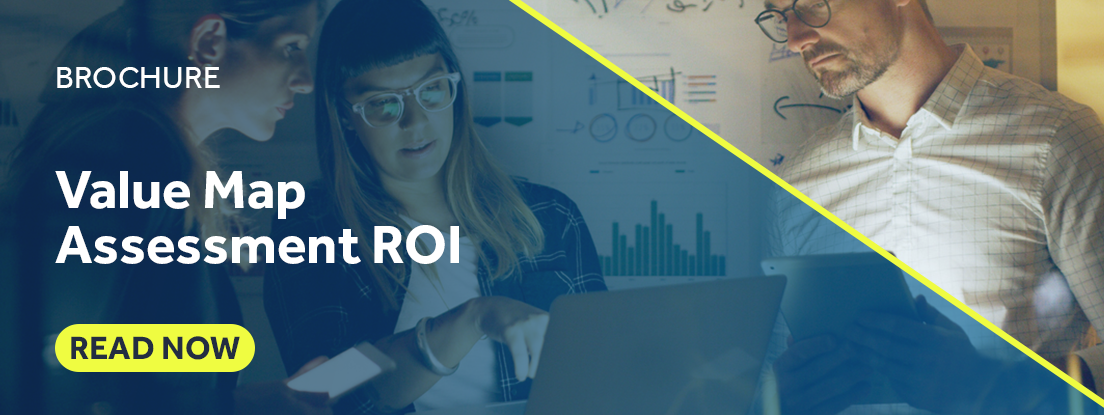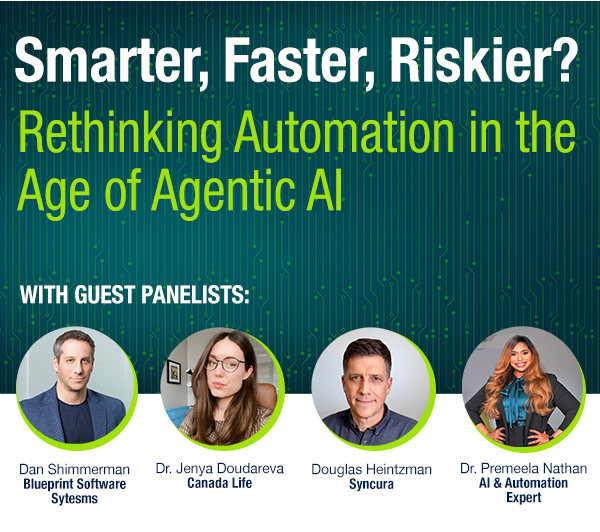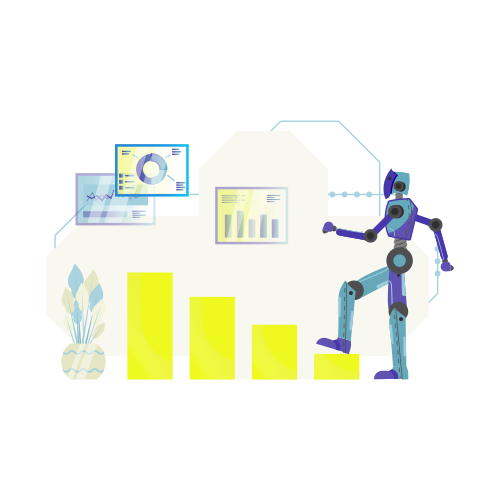The ROI in Value Mapping
Automation programs are now well beyond the early adoption stage and have reached a significant level of maturity.
According to Blueprint’s recently performed research, organizations that are using robotic process automation (RPA) have an average of 120 automations in production, with 10% of the companies surveyed claiming to have over 250 bots in place.
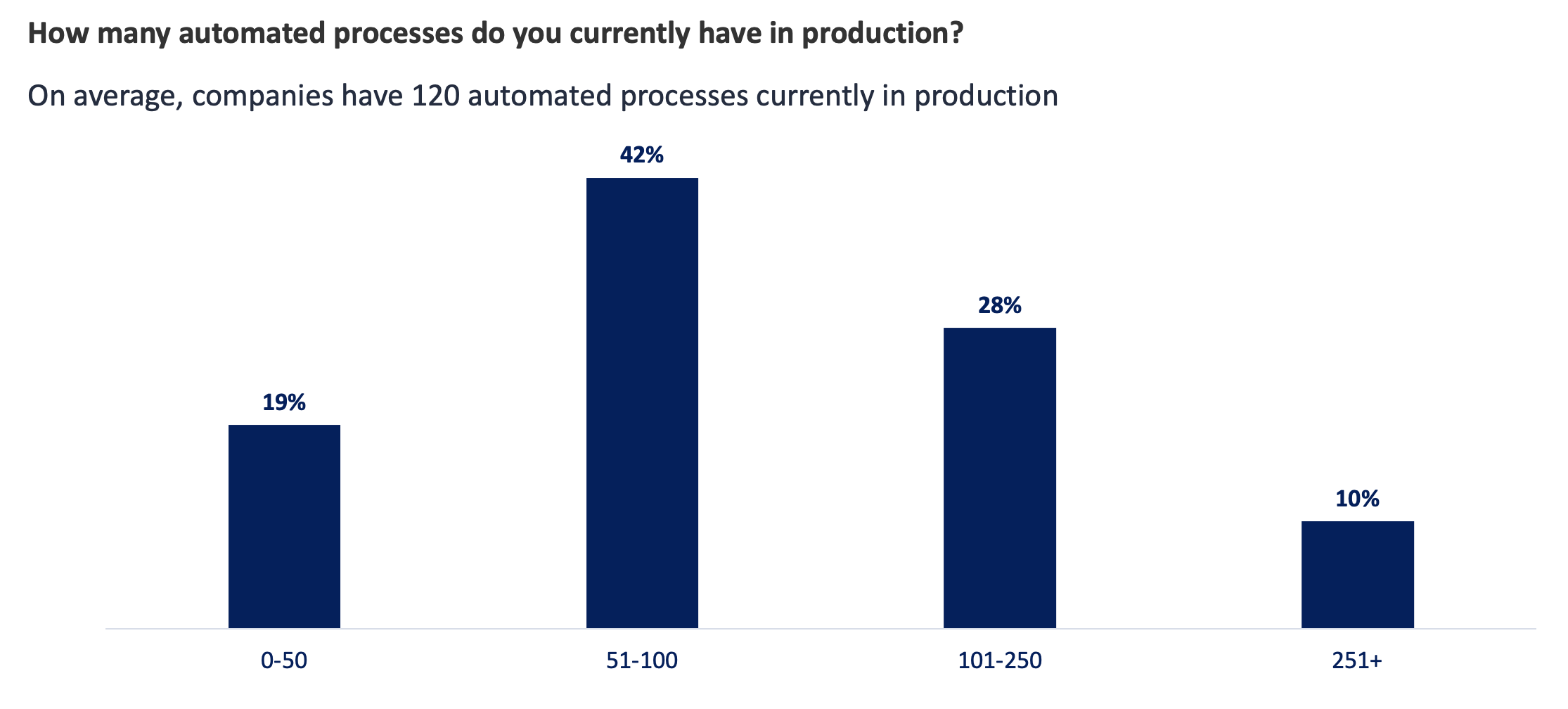
The desire to scale automation across the automation and move towards intelligent automation that combines AI and machine learning to automate more complex, end-to-end business processes is definitely still there; however, an argument can be made that the race to automate everything and anything—all the low hanging fruit and quick wins are over.
Instead of looking to automate more and faster right now, the focus should be on ROI for value mapping your current portfolio of bots and assessing your automation estate.
Learn More: What is Business Value Mapping? Everything You Need to Know
Why you ask? Because in the rush to ramp up automation, organizations find themselves in automation overload. They’re not sure which automations are delivering the business value they were designed to bring in, which automations are costing them money, and in some cases, companies are unsure what they even have in their automation estates.
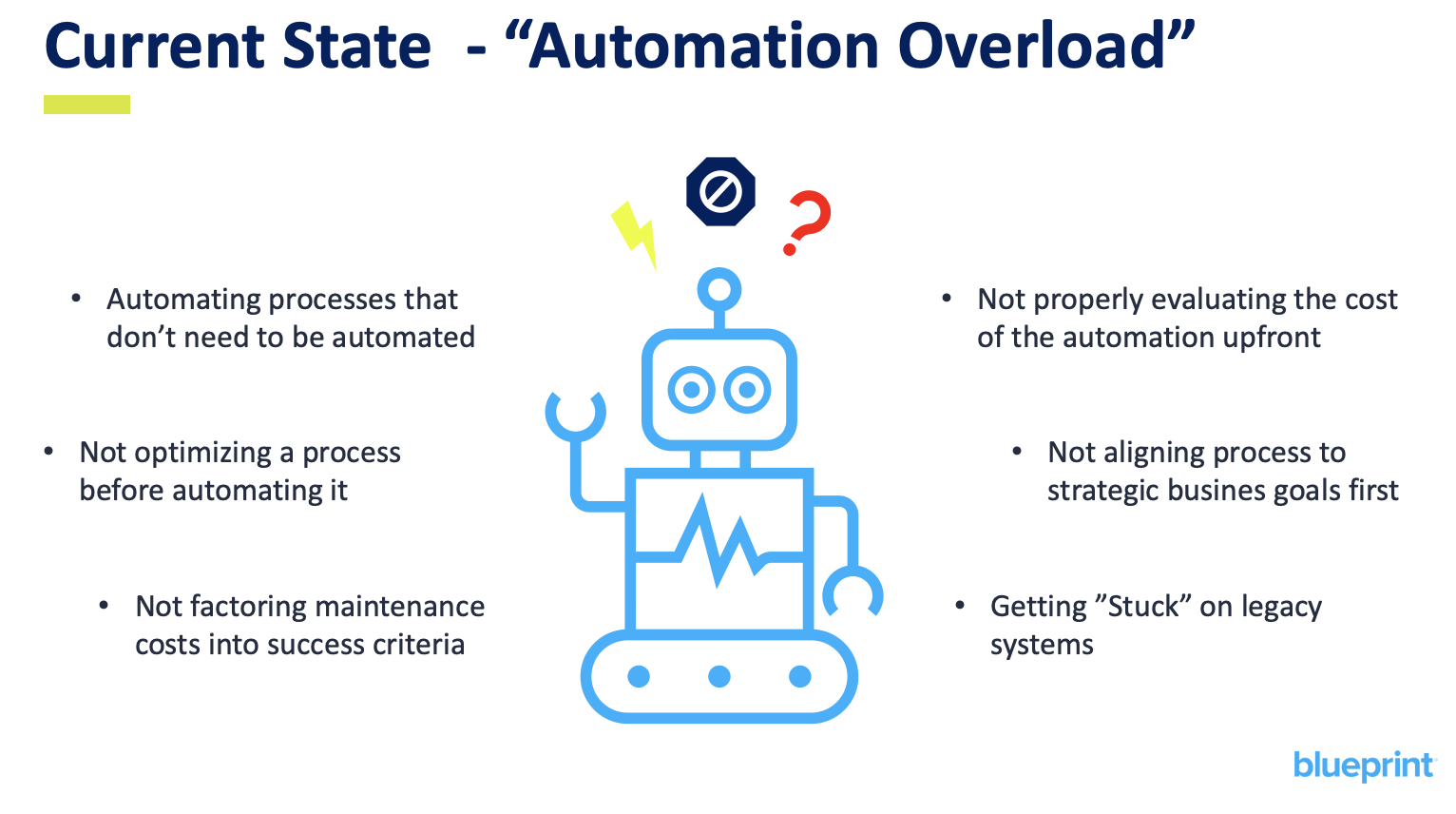
The uncertainty of what’s in your portfolio of digital workers is easy enough to debug. In a lot of organizations, automation was adopted several years ago. The employees who designed and built those automations have moved on to pursue other opportunities. Without a central location managing and governing all digital workers, that knowledge and audit trail left the organization with those employees.
In other cases, automation was adopted in parallel by separate business units at different times. Perhaps Finance & Accounting was the first to take the plunge, and then IT decided to invest their budget and resources into RPA, leaving disparate operations and a jigsaw puzzle to put together for one unlucky singular owner.
Most critically, robotic process automation ROI for Value Map Assessments are needed because in the rush to scale automations, redundancies have been created. On average, 30% of an organization’s automation estate is redundant.
To calculate what that looks like in dollars, we need to get into determining the ROI for Value Map Assessments.
How to Calculate the ROI for Value Map Assessments
According to Deloitte, an RPA bot costs $5,000-$15,000 a year to maintain. We’ll take the median of that figure and assume that the average bot costs $10,000 a year in terms of support and maintenance.
If the average automation estate has 120 automated processes that would be:
120 automations x $10,000 a year = $1,200,000
If 30% of automation estates are redundant, then:
$1,200,000 / 30% = $360,000
That’s $360,000 an organization is wasting annually and could be saving if they assessed their automation estate. Performing a Value Map Assessment enables you to uncover those redundancies and retire the automations that aren’t delivering the business value they were designed to and eating away at precious returns.
For more information on the analytics you need and how to perform a Value Map Assessment, download the Value Map Assessment ROI Brochure.
Share this
Recent Stories

What is Value Mapping: Everything You Need to Know

5 Automation Re-platforming Trends in 2022


